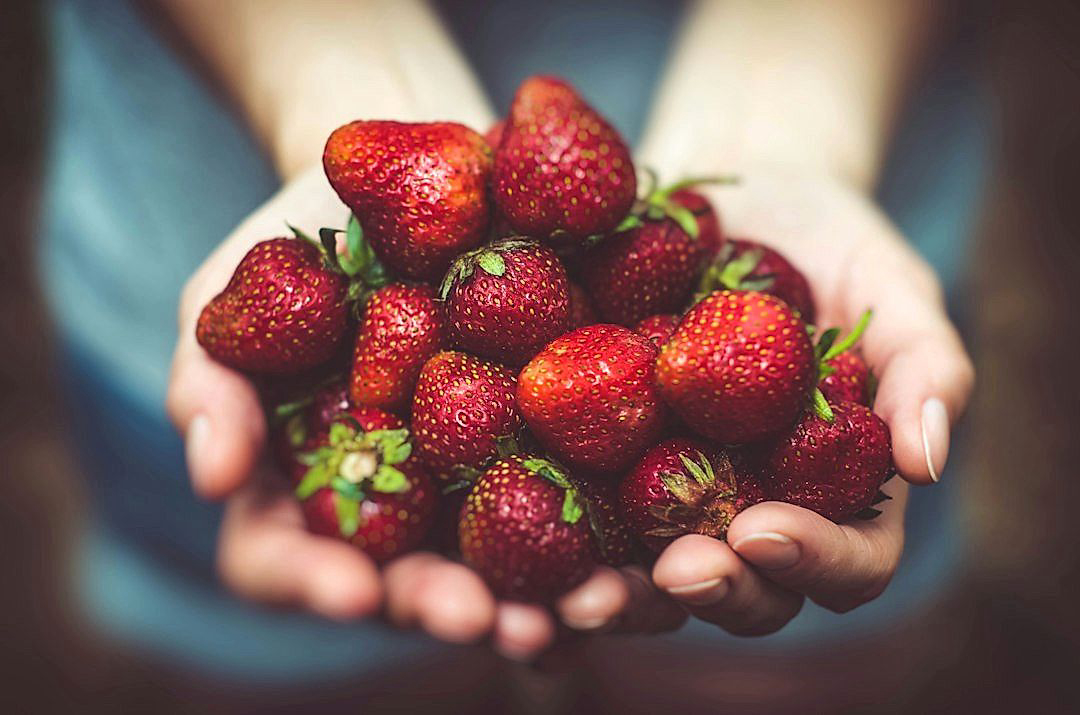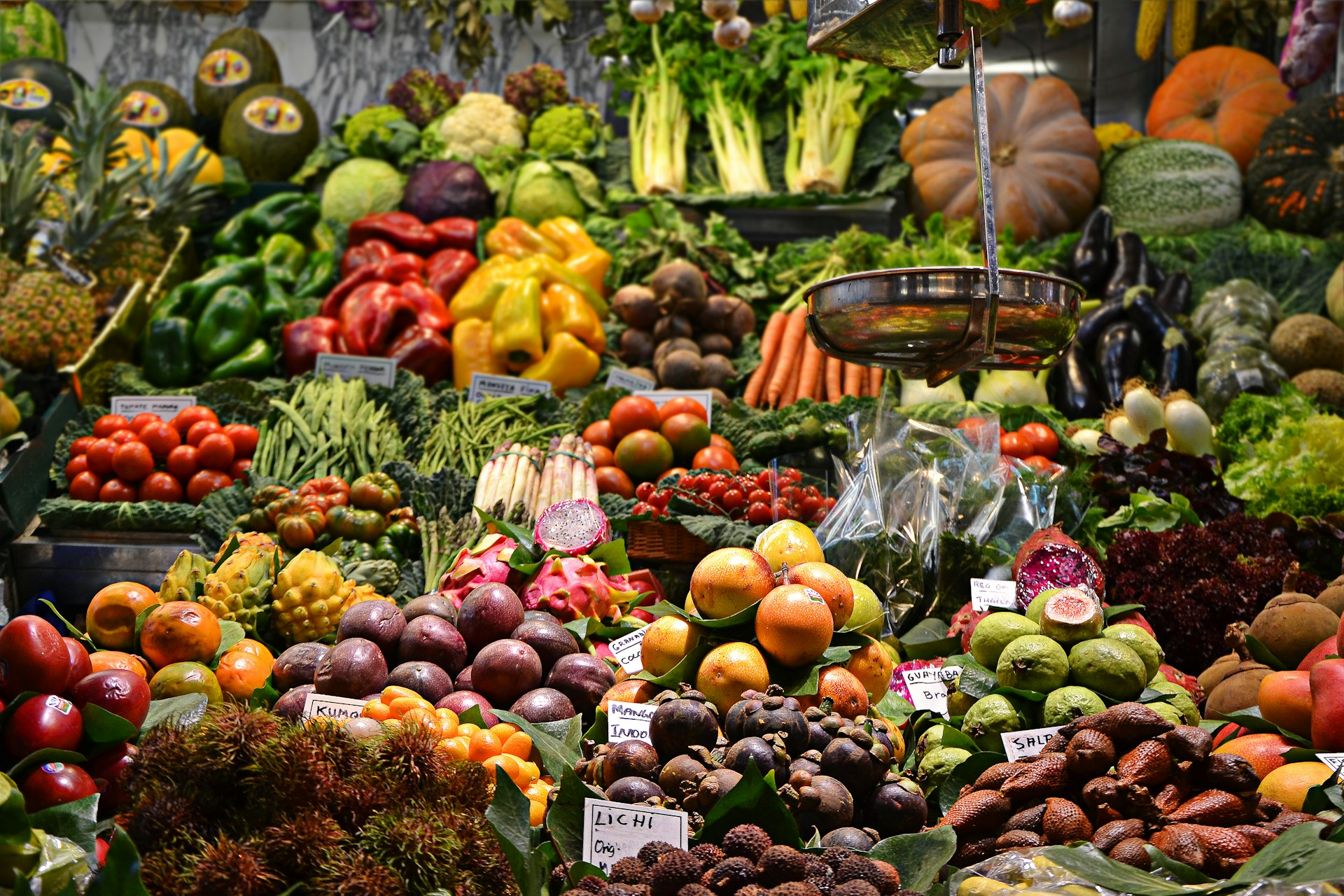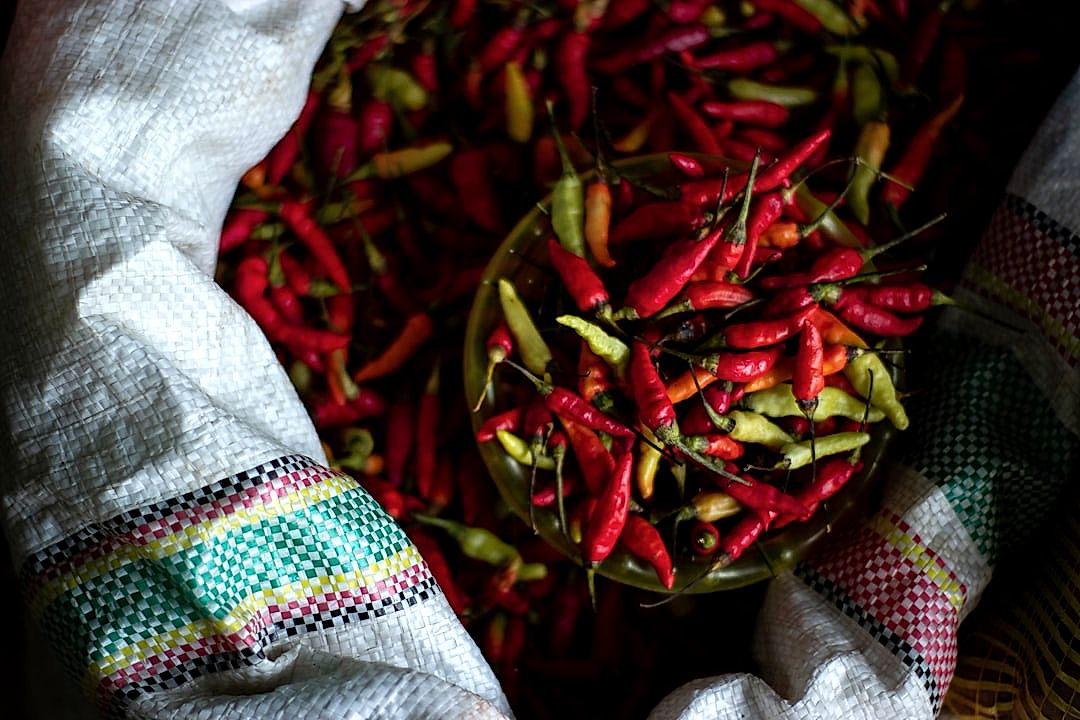The frozen produce sector is seeing an unprecedented surge in popularity, majorly driven by a shift in consumer preferences towards convenience and health.
For businesses involved in this industry, understanding consumer needs and matching them with innovative packaging solutions can be the key to achieve a competitive edge.
Packaging not only preserves the quality of the product but also plays an integral role in appealing to modern consumers who value both aesthetics and sustainability.
In this context, various packaging factors have come to the forefront, influencing market trends and shaping the future of the frozen produce industry.
Exploring these factors can provide valuable insights into the changing landscape of this sector.
Let’s delve deeper into these key elements influencing demand and shaping the prospects for businesses in the frozen produce sector.
Packaging Factors Driving Demand In The Frozen Produce Sector
1. Convenient and Resealable Packaging Designs
One of the most significant factors contributing to the current demand in the frozen produce sector is the implementation of convenient and resealable packaging designs.
It’s no secret that consumers today are increasingly seeking out convenience in all aspects of their lives – and the food sector is no different.
The appeal of frozen products lies in their ability to be easily stored and preserved, ready to be utilized whenever needed.
Making this process even simpler with resealable packaging that can be conveniently opened and securely closed again adds an extra layer of attractiveness to these products.
Whether in the form of zippers, sliders, or adhesive seals, resealable packaging designs allow consumers to maintain the freshness and quality of their frozen products over multiple uses, adding to the product’s overall value.
From the perspective of the manufacturers and retailers, this type of packaging design serves a dual purpose.
Not only does it catch the attention of potential buyers and stimulate demand, but it also reinforces the perception of the brand as being in tune with the evolving needs of its customers.
In a sector that has traditionally suffered from a perception of offering lower quality products, such innovative packaging solutions can help to negate this stereotype.
Effective packaging design is thus a crucial aspect of the overall product offering in the frozen produce sector, directly influencing purchase decisions and brand preference.
Even from an operational standpoint, convenient and resealable designs can offer the added benefit of increased efficiency in transport and storage.
Because these packages can be sealed again after each use, it minimizes product spillage or leakage during transportation or even in the buyer’s home.
Furthermore, this type of packaging, by virtue of being stackable and compact, requires less shelf space making it more cost-efficient for retail outlets.
In the developing world, where freezer space can come at a premium, such packaging designs can literally mean the difference between making a sale or losing a potential customer.
As consumers continue to demand more convenience from the products they purchase, it is imperative for brands in the frozen produce sector to continue optimizing packaging designs in a manner that meets this expectation.
With the right design, packaging can do so much more than simply hold a product; it can enhance the overall product experience and secure a brand’s position in the consumer’s mind.
Thus, all factors considered, it stands to reason that convenient and resealable packaging plays a crucial role in driving demand and customer satisfaction in the frozen produce sector.
2. Robust Packaging Promoting Longer Shelf-Life
Product shelf-life is one of the most important factors in the frozen produce sector.
A product’s expiration date can be significantly impacted by the quality and robustness of the packaging in which it’s stored.
Due to its nature, frozen produce requires robust packaging to protect it from external conditions and ensure that it stays fresh for as long as possible.
Focusing on the development of robust, high-quality packaging can therefore dramatically extend a product’s shelf-life, reducing waste and increasing consumer satisfaction.
Robust packaging can also help to maintain the nutritional value of the product by preventing exposure to harmful environmental factors, such as light, heat, moisture, and bacteria.
Moreover, strong packaging acts as a barrier against flavor and aroma loss, two important facets for customer satisfaction.
The cold chain integrity of frozen produce products is largely affected by the packaging’s robustness, and therefore, the overall supply chain’s efficacy.
For instance, strong packaging can withstand transportation, handling, and storage challenges without damaging the product inside.
Additionally, robust packaging designs often feature mechanisms to lockout oxygen and lock in freshness, slowing the process of degradation and ultimately increasing the shelf-life.
Freezer safe packaging materials, such as multi-layered film bags and high-density polyethylene (HDPE) containers, facilitate longer product shelf-lives by providing superior insulation and temperature stability.
The use of vacuum packaging and modified atmosphere packaging (MAP) are two other effective strategies for promoting longer shelf-life of frozen produce generating significant demand in the frozen produce sector.
Moreover, advancements in biotechnological innovation are embracing ideas such as smart labels that can detect spoilage, indicating the actual freshness level of the food, hence providing an extra layer of assurance to consumers about the product’s shelf-life.
Consequently, the shelf-life of a product is a determinant factor in a consumer’s decision to purchase, hence, robust packaging grants the product a considerable competitive advantage.
Future trends in the frozen produce sector foresee an increased use of packaging that promotes longer shelf-life coupled with satisfying consumers’ demand for convenience, sustainability, and transparency.
Therefore, investing in the development of robust packaging has a direct impact on the demand for frozen produce by extending shelf-life and subsequently enhancing the product’s appeal to consumers.
3. Eco-friendly, sustainable packaging materials.
An emerging trend in the frozen produce sector is the increasing demand for eco-friendly, sustainable packaging materials.
This shift in consumer preference is largely driven by increased environmental consciousness and understanding of the impact of non-sustainable materials on global ecosystems.
Many companies have started to opt for bio-degradable and recyclable materials for their packaging to align themselves with the rising tide of sustainability.
The use of plant-based plastics, recycled cardboard and paper, and other eco-friendly materials not only cater to the demand but also project these companies as responsible corporate entities.
It is important to note that sustainable packaging does not compromise the quality and integrity of frozen produce.
The incorporation of innovative technologies and techniques enable these materials to provide effective insulation and protection to the products, thereby maintaining their freshness and nutritional value.
The global shift towards a more sustainable and environmentally conscious lifestyle has been a substantial driver for this trend.
Furthermore, stringent government regulations and initiatives promoting eco-friendly practices have also played their part in propelling demand.
The consumer’s positive perception of brands using sustainable packaging influences their buying decisions, creating a competitive advantage for companies who have adopted these practices.
Increasing research and development in the field of sustainable materials provides new opportunities for innovation in packaging design.
There are numerous successful examples of companies in the frozen produce sector making a complete transition to sustainable packaging materials.
These companies have managed not only to maintain the quality of their products but also elevate their brand image as environmentally responsible businesses.
It has become evident that sustainable packaging materials are not just a trend but a fundamental requirement in the modern frozen produce sector.
Thus, companies that are slow to adapt may potentially lose out to their more environmentally-conscious rivals in this sector.
The drive for sustainability in packaging materials is more than just a noble cause.
It breathes life into the frozen produce industry, adding value and attractiveness to the products, while preserving the planet for future generations.
4. Innovative, Attractive Packaging Aesthetics
While functional factors such as durability and sustainability are crucial in packaging, the aesthetics of the package can play an equally significant role in driving demand.
The visual appeal of the packaging can significantly influence consumers’ purchasing decisions, particularly in the highly competitive frozen produce market.
Research has repeatedly shown that attractive packaging aesthetics can stimulate impulse buying, attracting consumers to the product and convincing them to make a purchase.
This reaction can be attributed to the human instinct to be drawn to visually pleasing objects, which applies to everything, including product packaging.
As such, frozen produce companies are continually investing in innovative, attractive packaging designs to stand out in a crowded market.
The aesthetics of packaging can include factors like color, shape, imagery, typography, and overall design.
For example, colors can be used to signal product attributes and induce particular emotions, while unique shapes can make a product pop on the shelf.
Imagery and typography, meanwhile, can communicate brand personality and product information in an engaging way.
These elements must be thoughtfully combined to create a cohesive, aesthetically pleasing design that communicates the right message.
However, innovation in packaging aesthetics is not just about creating pretty designs.
It also involves the use of various techniques and technologies to enhance visual appeal and functionality.
For instance, holography, embossing, foil stamping, and digital printing technologies can be used to add a unique dimension to the packaging and create a tactile experience.
Similarly, innovative approaches like interactive packaging that uses augmented reality or QR codes to provide additional product information or interactive experiences are becoming increasingly popular.
Essentially, through innovative, attractive packaging aesthetics, frozen produce companies can attract consumers’ attention, create a memorable brand image, and ultimately drive product demand.
However, it’s important to remember that the packaging needs to balance functionality and aesthetics, as even the most beautiful packaging won’t be effective if it does not protect the product, communicate its benefits, or is not easy to use.
5. Transparent Packaging for Product Visibility
As a crucial element in the frozen produce sector, transparent packaging serves multiple purposes.
One of the main reasons for its popularity lies in the fact that it grants consumers the ability to examine the food items they wish to purchase.
Visibility of the product can often be a determining factor in consumer purchase decisions.
When consumers can physically see the color, size, and condition of the frozen product, they are more likely to trust in its quality and freshness.
With transparent packaging, manufacturers in the frozen produce sector take into account the consumer’s need for assurance about the product they are buying.
On a more practical level, transparency in packaging also assists in the identification of the product, helps in organizing the freezer space efficiently, and plays a significant role in reducing food wastage.
From a marketing perspective, transparent packaging has its own set of advantages.
It offers brands an opportunity to boost their appeal to modern consumers who demand transparency and authenticity.
With the help of clear packaging, frozen produce brands can showcase their products in a way that speaks volumes about their confidence in the quality of the products.
Attractive, conveniently packed frozen produce with high visibility could drive impulse purchases, thereby increasing sales for the brand.
Moreover, it’s also a smart way for brands to convey a sense of honesty and integrity, forming a stronger bond with their customer base.
It’s no secret that sustainability and eco-consciousness are two crucial factors in current market trends.
Many types of transparent packaging, namely those made from PET (Polyethylene Terephthalate), are highly recyclable.
This attribute serves to round off their appeal not only to the typical consumer but also to the increasingly growing segment of eco-conscious buyers.
Transparent packaging designs are clearly a win-win for both frozen produce brands and their consumers, making them an essential factor in driving demand within the sector.
As the frozen produce sector continues to evolve and grow, transparent packaging is one trend that is destined to stay.
The Bottom Line
As we look at these emerging trends in product packaging, it becomes evident that convenience, robustness, sustainability, aesthetic appeal and transparency are of supreme importance.
Highlighting product visibility through transparent packaging is becoming a go-to choice in order to foster customer trust.
On the other hand, innovations in attractive aesthetics are increasingly being valued by consumers, pushing brands to be more creative and forward-thinking.
Furthermore, the shift towards sustainable packaging materials underscores the growing commitment to ecological responsibility in the industry.
The robustness, which equates to longer shelf-life, and convenience introduced by resealable designs can provide a competitive edge to the brands and boost customer satisfaction.
Undoubtedly, these transitions are likely not just to persist but even escalate further, molding the future of packaging design.




